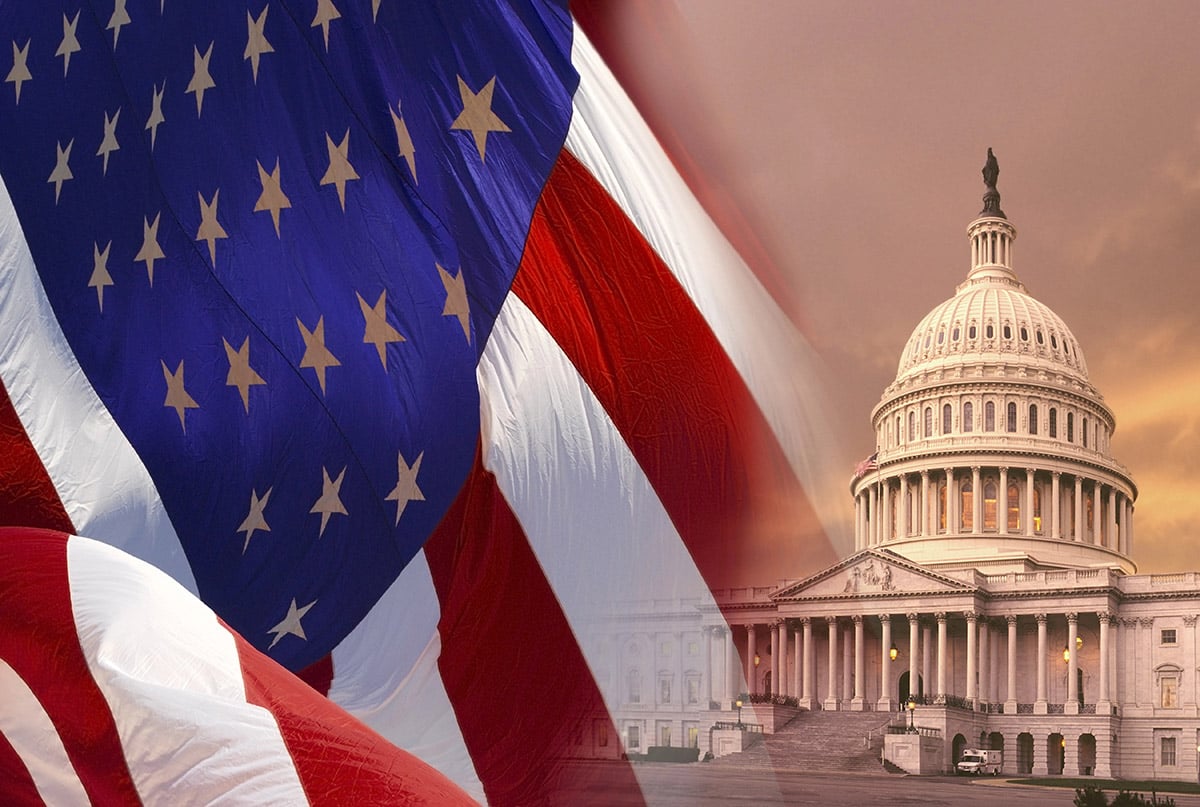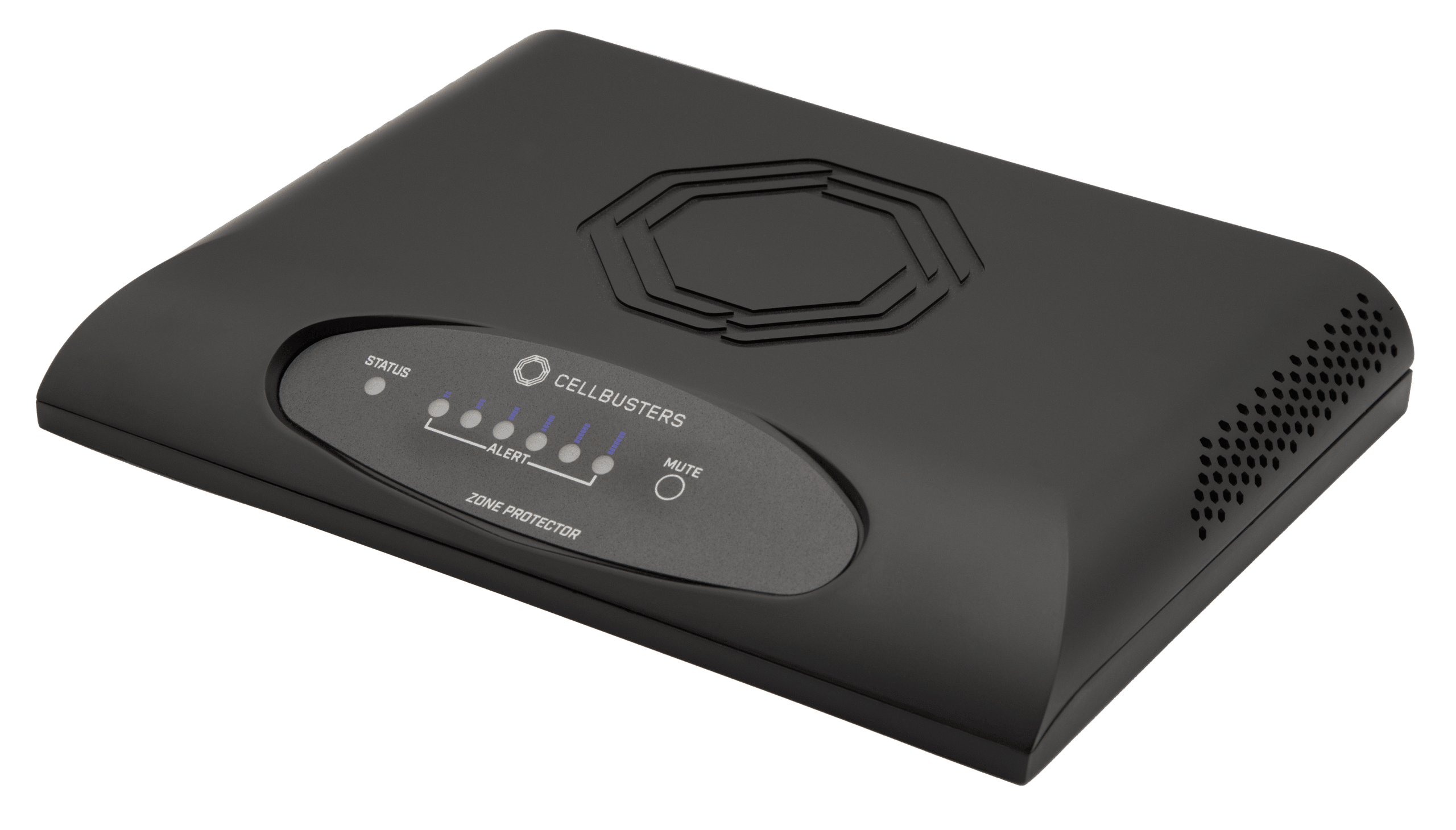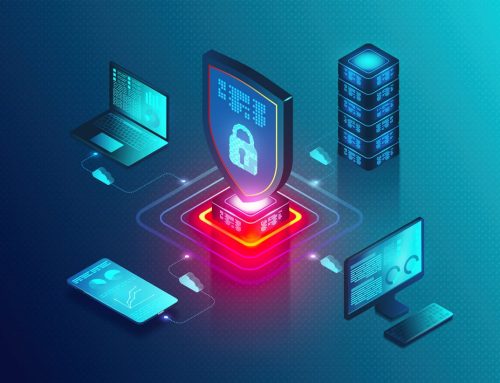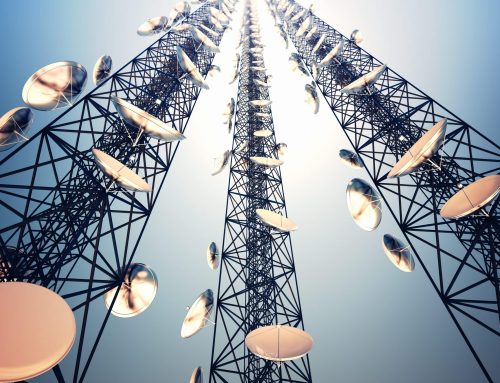A SCIF, which stands for Sensitive Compartmented Information Facility is a highly secure room that protects classified information. SCIF rooms, pronounced “skiff”, are designed to prevent undetected entry and unauthorized devices within a designated, enclosed area.
Many Americans may be familiar with the term which made headlines when President Donald Trump sought to re-establish a SCIF room at his resort in Mar-a-Lago, Florida, following his departure from office.
However, few people may know what SCIF rooms really are and how they are constructed to protect top-secret military and government information. For example, what happens when the President or someone else of importance needs an ad hoc SCIF room on the road? And how effective are SCIF rooms really at preventing leaks?

Primary Uses of a SCIF Room
SCIF rooms have made the White House and the Capitol Building some of the most secure buildings on the planet. SCIF rooms can be permanent like the White House Debriefing Room, or temporary, makeshift structures relied upon by lawmakers or military officials when traveling.
SCIFs allow users to discuss private and secret information without fearing external surveillance or eavesdropping. SCIF rooms also prevent unwanted transmission of sound and electronic data, such as cell phone data or other spyware, from coming in or out. Any sensitive materials or objects can also be handled within a SCIF.
While mainly used by military or government personnel, corporations, and even private residences, may use similar setups to protect insider secrets, classified projects, or intellectual property.

SCIF Requirements
To be truly secure, there are specific requirements a SCIF must meet before anyone can use it as intended, especially those that are permanent. All SCIFs are accredited before being trusted to safeguard classified materials.
The basic requirements of a SCIF include:
- Doors are limited to two access control technologies, one for daily use and one for locking the facility when no one is around.
- A single point that electrical utilities must not pass. All electronics, including phones, security systems, and emergency systems, must be dedicated to the SCIF.
- Installation of radiofrequency protection.
- No windows. If windows are necessary, they must be non-opening, protected by security alarms (if within 18 feet of the ground), and treated with RF protection.
- Vents and ducts are protected to meet penetration requirements. All breaks within the ducts must be fitted with special inserts to ensure that no audio or electronic waves leave the space.
- Although not a requirement, it should be noted that most SCIFs are not “flashy.” They tend to be basic rooms or buildings built with function, not design, in mind.
Understanding SCIF Regulations
For employees, work stays at work and home matters stay at home. Before anyone enters a SCIF room, they must be formally trained and authorized to work and operate in it. Employees in a SCIF must have all electronics removed from their persons before entering, including cell phones, smart watches, thumb drives, cameras, and more.
The government provides a detailed explanation of SCIF specifications that anyone can read through if they need to create their own standard SCIF. However, each SCIF room will differ based on needs, location, and permeability. For example, additional materials for construction for added acoustic features may be needed for some SCIFs and not others.

What is Permitted Within a SCIF?
With most electronics banned and personnel under tight scrutiny, is there anything permitted within a SCIF?
Apart from classified materials, alarm systems, and approved furniture such as soundproof walls, wall-mounted lighting, and non-reflective surfaces, there is one particular device that is not only approved but often encouraged.
Cell phone device detectors, such as the Zone Protector, are a staple of many SCIF rooms to ensure no unauthorized devices enter the area. They provide accurate detection of all cell phones and other cell-enabled devices and can secure both temporary and permanent SCIF rooms.
Other Types of Secure Facilities
SCIFs are not the only buildings or rooms that can protect classified government information. Some buildings can be as secure as a SCIF, but others, such as a NISPOM closed area, are one step down in terms of protection.
Other common secured areas include:
- SAPF – SAPF stands for Special Access Program Facilities and refers to facilities for the Department of Defense such as the U.S. Army and U.S. Air Force. SCIF and SAPF have the same security specializations.
- NISPOM Closed Area – National Industrial Security Program Operating Manual. These tend to require less work to secure than SCIF and SAPF but still uphold access control and acoustic measurements.
- Sensitive / Restricted Area – More common in the corporate world, Restricted Areas are rooms or buildings with simple security features such as cell phone detectors and sophisticated security systems to protect important information.

Protect Your SCIF with Cellbusters
Setting up a SCIF and having it accredited is no easy feat. Cellbusters can help you protect your SCIF with our innovative and dependable products, the Zone Protector. They can provide accurate security for your facility that delivers real-time information allowing you to protect the valuable information and materials within a SCIF.
Contact us today to learn more about our solutions for SCIFs.







